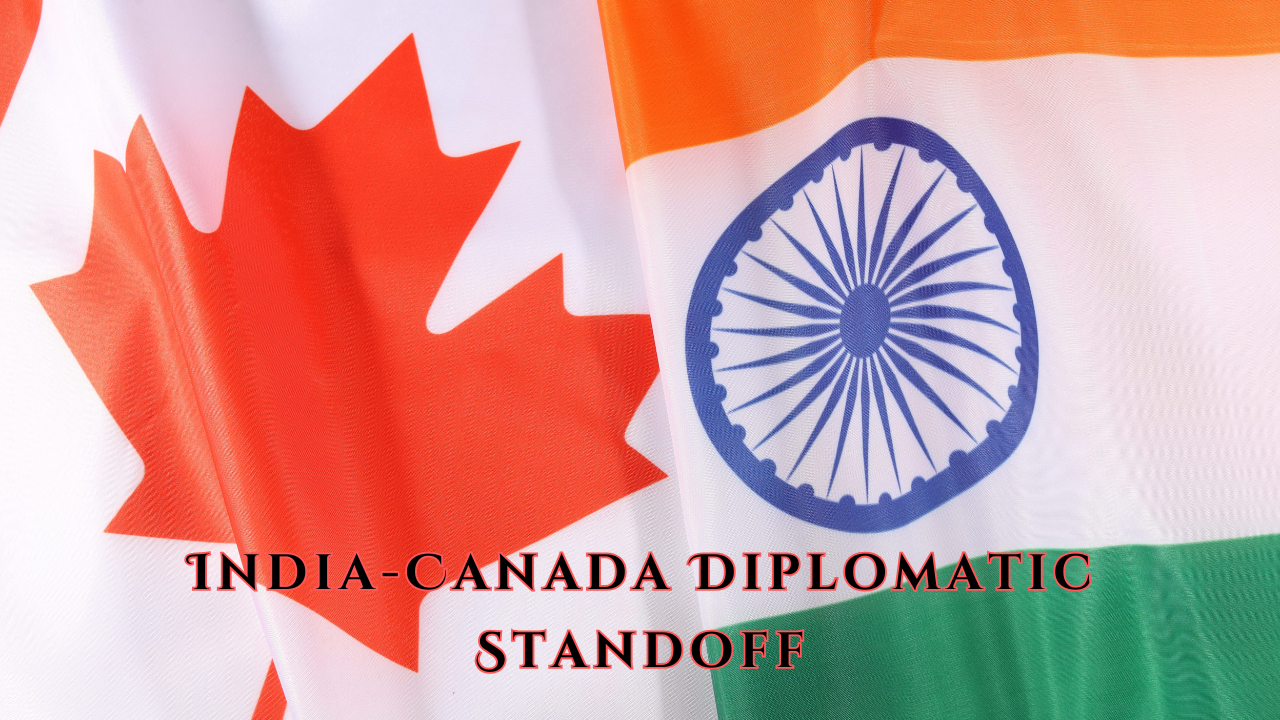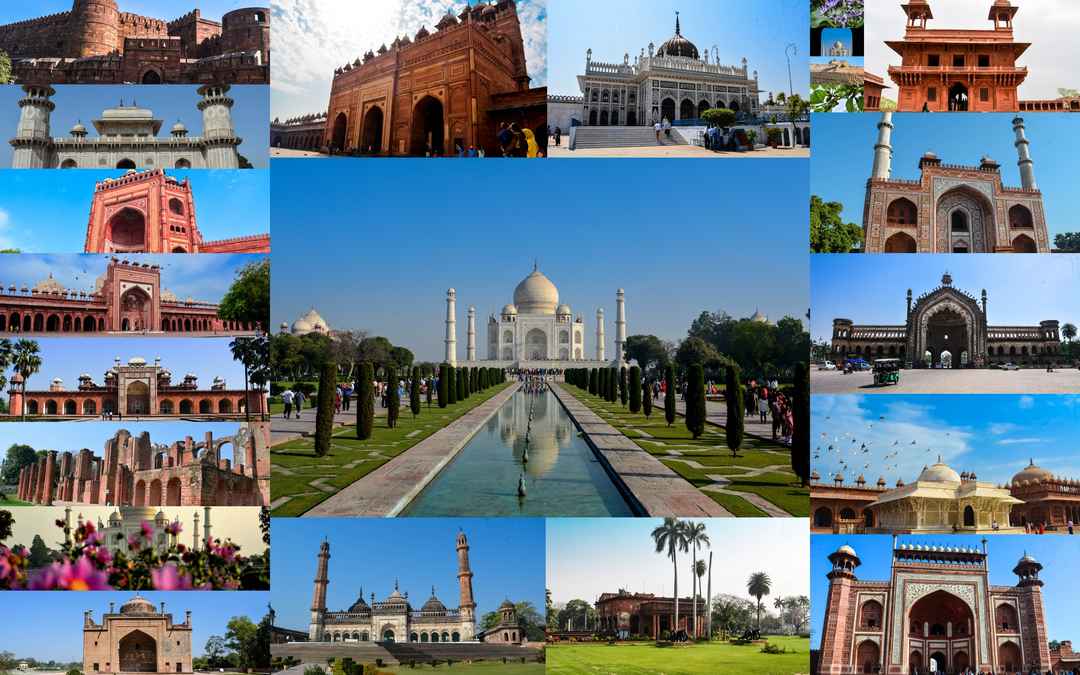Font size:
Print
Drones and Security
Context:
The drones used in the bombing of two Meitei-majority villages in Manipur’s Imphal West district were likely assembled locally, and the attackers used ammunition stolen from police armouries.

Recent drone attacks
- Drones were reportedly used to bomb two villages in Imphal West district, Manipur (September, 2024).
- There was a drone attack at the Air Force Station in Jammu, where two improvised explosive devices (IEDs) were dropped by low-flying drones (June, 2021).
Advantages of drones in security
- Enhanced Surveillance Capabilities: Their ability to access difficult or hazardous locations makes them ideal for surveillance tasks that are challenging for human personnel.
- Indian armed forces utilise various drones for Intelligence, Surveillance, and Reconnaissance (ISR) operations. Notable models include the Heron and Searcher Mark II, which are used to monitor borders, particularly with Pakistan and China.
- Cost-Effectiveness: The operational costs of drones are significantly lower compared to traditional security methods, such as hiring security personnel or installing extensive fixed surveillance systems.
- Rapid Response to Incidents: Drones can be deployed quickly in response to security breaches or emergencies, often reaching the scene faster than ground personnel.
- The MQ-9 Reaper is utilised by the U.S. Military for targeted strikes and reconnaissance in conflict zones, showcasing the effectiveness of drones in modern warfare.
- Data Collection and Analysis: They can identify anomalies, track movements, and provide detailed reports that aid in decision-making and threat assessment.
- China has developed the Wing Loong series of drones that are used for reconnaissance and strike missions, contributing to China’s expanding military capabilities.
- Safety for Personnel: Drones can perform inspections and surveillance in dangerous environments, reducing the risk to human life.
- Indrajaal, India’s first AI-powered anti-drone system, has been developed to counter aerial threats.
Disadvantages
- Privacy Concerns: Their capability to capture detailed images and videos can lead to unauthorised monitoring of individuals, potentially infringing on civil liberties and privacy rights.
- Regulatory Challenges: Compliance with aviation laws and local regulations can complicate their deployment, requiring extensive planning and coordination.
- Technical Limitations: Drones are subject to technical failures, such as battery life limitations, signal loss, and adverse weather conditions, which can impair their effectiveness.
- Public Perception and Acceptance: There may be resistance from the public regarding the use of drones in security roles, driven by fears of surveillance and misuse.
- Potential for Misuse: Drones can be exploited for malicious purposes, including unauthorised surveillance or even attacks.
Regulations
Drone Rules 2021: This framework categorises Indian airspace into three zones—Green, Yellow, and Red—based on where drone operations are permissible, restricted, or prohibited.
Drone Import Policy 2022: This policy bans the import of foreign drones while allowing the import of drone components to support domestic manufacturing.
PLI Scheme for Drones and Drone Components: A Production-Linked Incentive (PLI) scheme has been introduced to boost the manufacturing of drones and their components within India.




